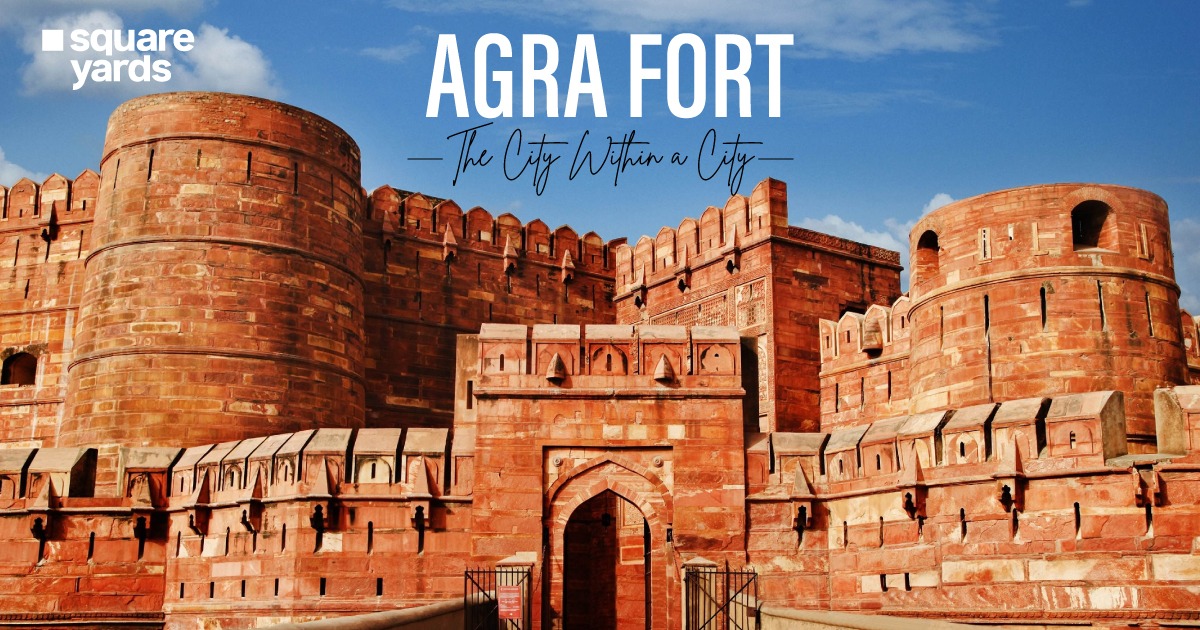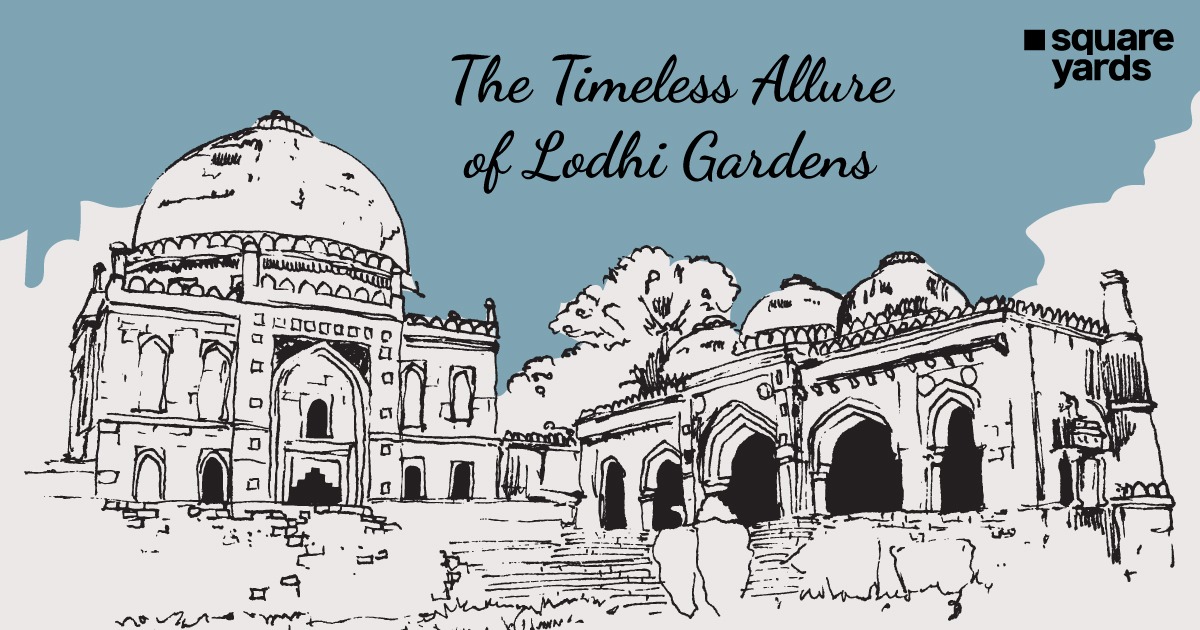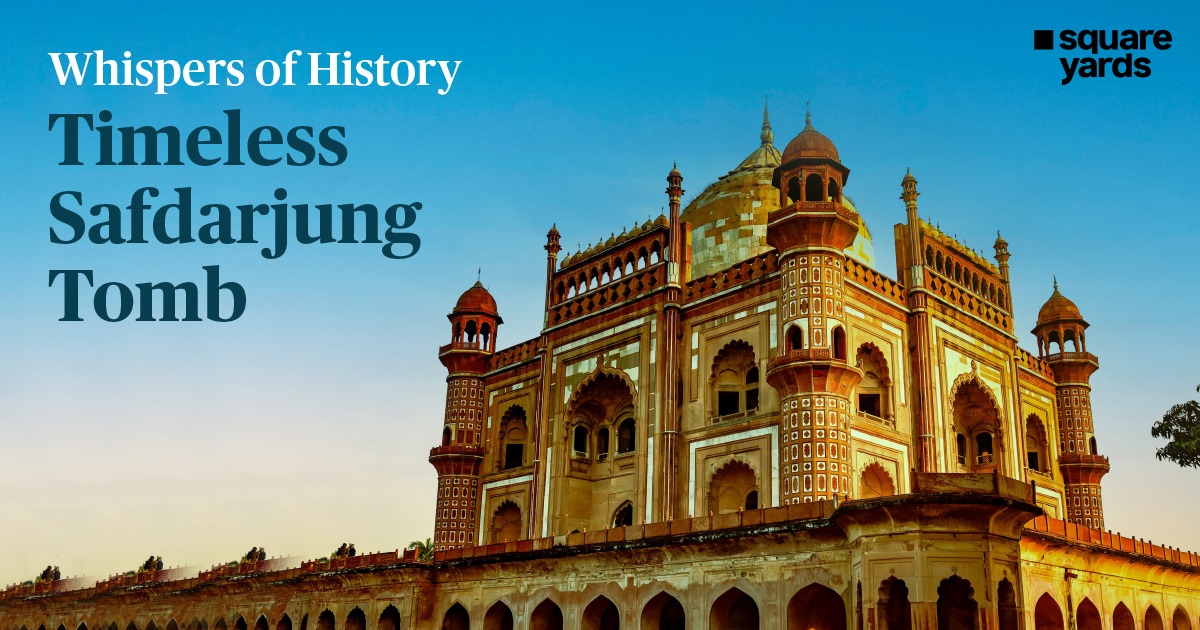Prime Minister Narendra Modi hosted the Indian flag on Monday, August 15, 2022, at Red Fort amidst a gathering of thousands of patriots oozing with pride. NCC cadets dressed in regional attires, the tricolour decoration, flowers and PM Modi addressing the nation left the residents awestruck by the site in front of them.
The Indian citizen was bursting with love, and a sense of triumph twinkled in their eyes as they saw the tricoloured Indian flag waving magnificently at the top of the Red Fort like a Phoenix soaring high in the sky. Let’s take a look at India’s growth till the 75th independence.
Table of contents
Becoming the Largest Democracy
India has become the largest democracy with over 91 crore voters. The current population of India stands at 15,59,08,26,57,314 or more than 1 trillion, out of which 69% of the population eligible for voting have registered themselves. In 2019, 67% of the 69% population exercised their right to vote in the Lok Sabha elections, which stood at 45.67% in the 1951 elections.
6th Largest Economy
When we talk about economies, India has marked this journey to rank at the sixth position, following the United States, China, Japan, Germany and the United Kingdom. Since the independence day of 1947, the per capita income has made a jump of 500 times and has landed at USD 3.17 trillion. India leads France, Italy, Canada and Brazil on the economic chain.
Exports
Exports have always been a key driver of growth. In 1950-51, India merely managed exports worth USD 1.27 billion compared to USD 676.2 billion in FY 2021-22. This growth of 600 times was wobbly. Due to the strict policies, India’s growth remained stagnant before. But finally, India opened its economic doors by implementing liberalisation, globalisation and privatisation in 1991. The past decade has witnessed the highest jump in the exports of goods and services.
Appreciation in Forex Reserves
No country always has days of wonders but it still grows. The current scenario might be difficult for India but the nation still has the fourth largest forex reserves in the world. The Indian forex reserves in July 2022 stood at USD 573.9 billion, a jump of 315 times from USD 1.82 billion in 1951-52. However, the forex reserve did remain stagnant until the economy won the battle with post-independence challenges.
Foodgrain Production
Post-independence, Indian foodgrain production has seen a whopping jump of 500% from 50.8 million tonnes in FY 1950-51 to 314.5 million tonnes in FY 2021-22. This six-fold rise in the production of foodgrain was mainly due to the flexible policies aiding the primary sector to function efficiently.
The Birth of National Highways
The Indian government has constructed over 140 kilometres of highways since independence. This 7-fold rise has provided remarkable connectivity. The past 7 years alone have seen a rise of 300% in highways. This has also increased to vehicles.
In 1951, India only had 3 registered vehicles which jumped to 30 crores in 2019. This 9.91% rise in the total number of vehicles signify the resident’ access to improved transportation quality.
Power Sector
India has become a country with a surplus of electricity, with a total installed capacity of 3,70,106 GWh. The nation’s installed capacity was 1,362 GWh when it attained independence to full capacity. Since then, a great deal has been done to ensure that nearly every home in the nation has access to electricity.
Education
Since India’s independence, the number of schools has increased more than ten times, from just 1.4 lakh in 1947 to over 15 lakh today. India has approximately 42,000 institutions and 1,043 universities for its ambitious youthful population. India only had 27 universities and 578 colleges in 1950.
According to government statistics, the number of students enrolled increased from 2015–16 to 2019–20 by 11.4%. Female enrollment in higher education has increased by 18.2% throughout the same time frame. Just over 18% of Indians were literate overall, and the female literacy rate was an appallingly low 8.86%. The numbers have nearly turned around in 2022. From only 18.3% in 1951 to 74.4% in 2018, literacy rates have increased.
see also – A Taste of Freedom in Your Very Own Home This Independence Day?
Population
In the last 75 years, India’s infant mortality rate (IMR) has significantly decreased. From 146 per 1,000 live births in 1951 to 30 per 1,000 in 2019, the IMR has decreased. In 1951, a male Indian had an average life expectancy of 37.2 years. It is currently 68.2 years old. The figures are 36.2 years and 70.7 years, respectively, for females.
Sanitisation
According to the government, with India’s Swachh Bharat Mission in full swing, the nation has achieved 100% coverage of rural sanitation systems well before its 75th anniversary of independence. According to statistics, only 1% of people in rural areas had toilets within or linked to their homes in 1981.
India has made outstanding growth since its independence on August 15, 1947. The past 75 years have been nothing short of an exquisite journey with changing governments and evolving policies.






















